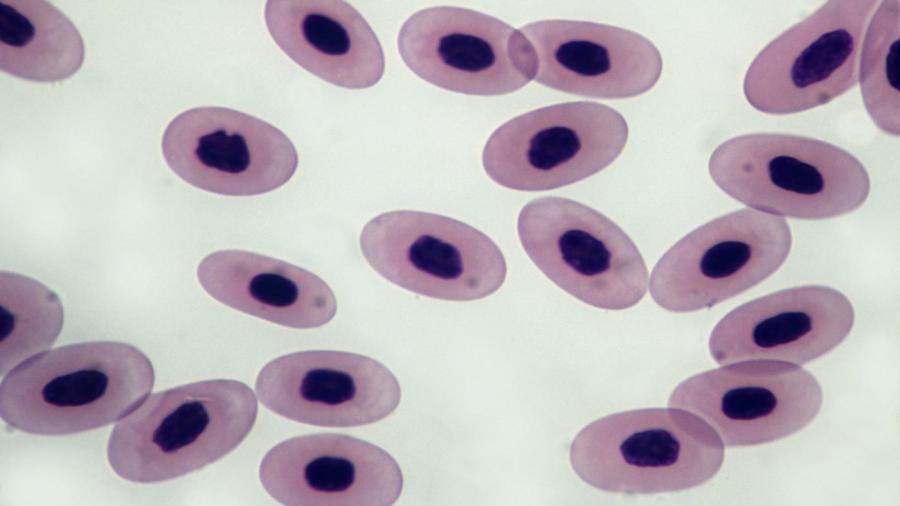1 Divided By 4 5

Cells divide for reproduction, replacement of lost or dead cells and to promote growth. Jail cell division is necessary for survival. There are two methods to accomplish jail cell division, known as mitosis and meiosis.
Cell Reproduction
All living organisms experience prison cell division every bit a office of survival. This includes plants, animals, bacteria and fungi. Reproduction is the oldest, and perhaps the simplest, reason cells divide. In reproductive fission, one cell typically grows larger than usual, duplicates its organelles and whatever internal structures, and and then divides into two nearly identical cells. Bacteria, for case, employ binary fission for prison cell segmentation to reproduce and multiply. Among microbes, this process, which is referred to as mitosis, is ane of the most common means for reproduction. In multicellular organisms, such as plants and animals, cells undergo a special class of cell partition known equally meiosis.
Replacement of Dead or Lost Cells
Plant and creature cells also divide for reasons related to the needs of the organism. When a skin cell is damaged, for example, the cells nigh the site of the damage often divide as a way of replacing the lost tissue. Through a series of six phases, mitosis takes on the important task of replacing these expressionless or lost cells. This is the repairing mechanism for the tissues that need mending. Basically, an injury to tissue stimulates growth factors in an extracellular matrix (ECM). This ECM contains the necessary biological programming to perform the repairs. Kind of similar a first aid kit, the ECM uses water, essential minerals and compounds to aid in the healing procedure. Once the ECM takes over, the cell typically stops dividing. However, sometimes over-exposure or genetics tin cause this to become out of control, causing a mutation. A mutation in human bodies tin can be acquired by external exposure to excess sunlight, pollution, cigarette smoke and other toxins. It tin can besides be caused internally by errors that happen inside the DNA-copying process, which is sometimes based on genetics.
Growth Through Cell Partition
Prison cell sectionalization actually produces new cells for growth. Think of an athlete who breaks downwardly musculus tissues and fibers through exercise. The tissues and cells repair and create new growth. Therefore, the muscles proceeds strength with new cells. This breakdown of tissue and replacement with new cells is part of a cell cycle. The longer someone lives and the larger his or her size is, the more cells he or she will take inside his or her body. Sure cells are in constant growth fashion, including skin cells. Because these skin cells are shed, they have to be replaced. As many as l million pare cells are shed daily, co-ordinate to biologists. Other cells, including nerve and brain cells, practice not require as much cell partition. A born control system within the body keeps this cellular growth in check. Information technology knows when to make new cells and when to stop producing them. Occasionally, there is a glitch in the cellular-partitioning organization. In the upshot that a cell continually divides and makes more than than is needed, cancer cells can develop, leading to illness. The cell-division process has to keep a rest to remain healthy.
1 Divided By 4 5,
Source: https://www.reference.com/science/three-reasons-cells-divide-476b89095e5306f0?utm_content=params%3Ao%3D740005%26ad%3DdirN%26qo%3DserpIndex&ueid=04cd4cc7-49b8-4c01-8b10-cb58896a0f54
Posted by: davidsonstan1962.blogspot.com


0 Response to "1 Divided By 4 5"
Post a Comment